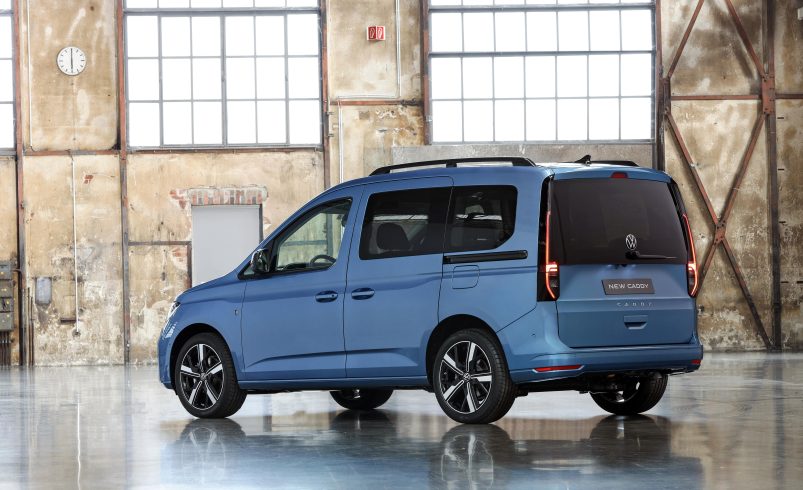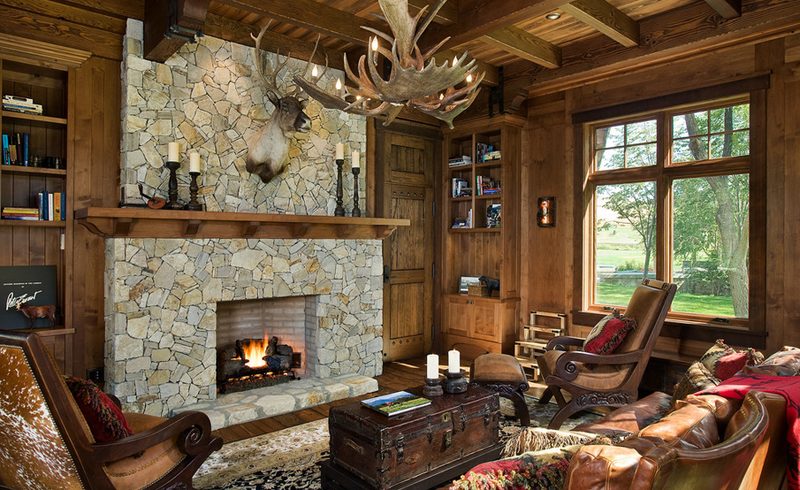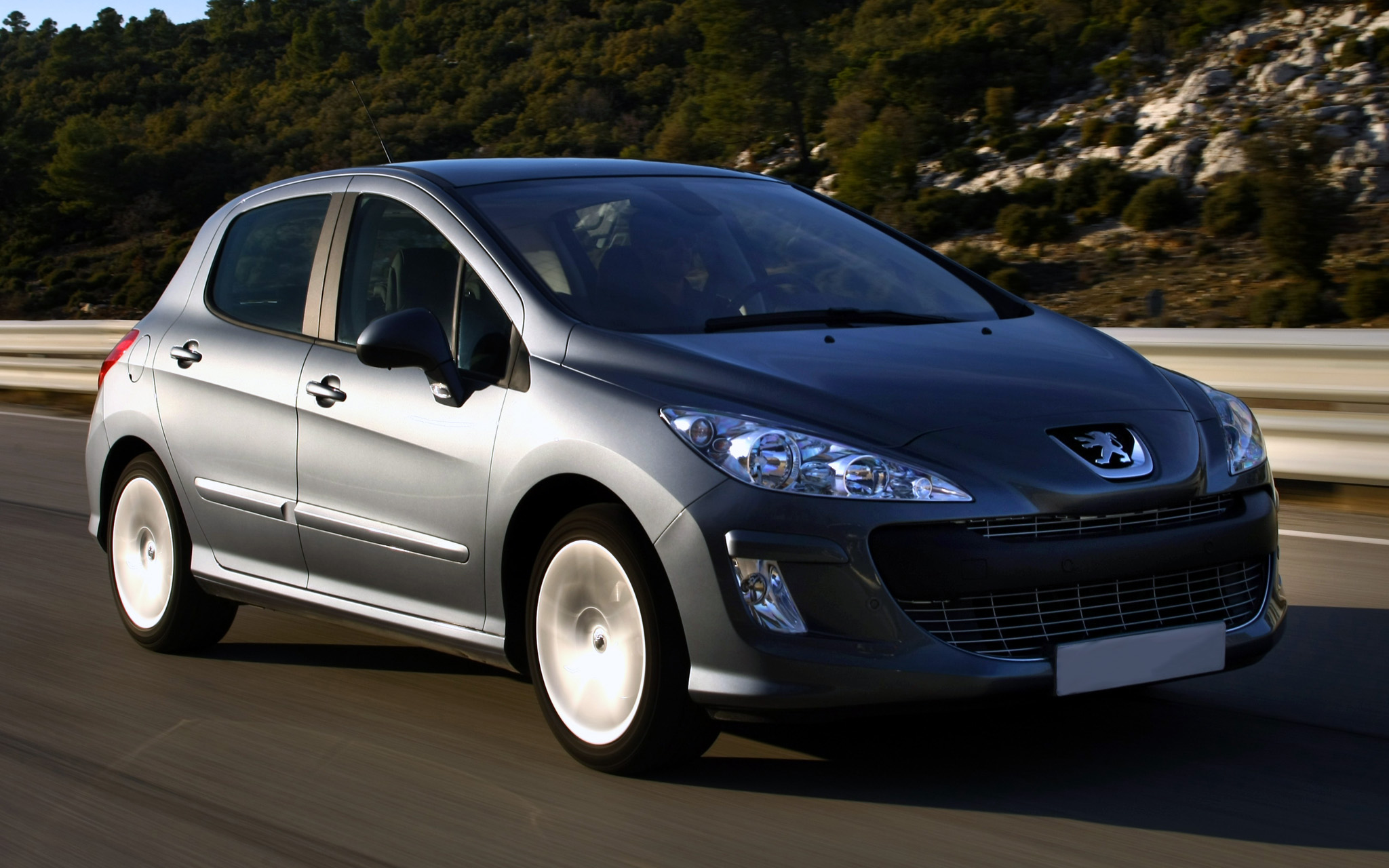Opel Kadett C
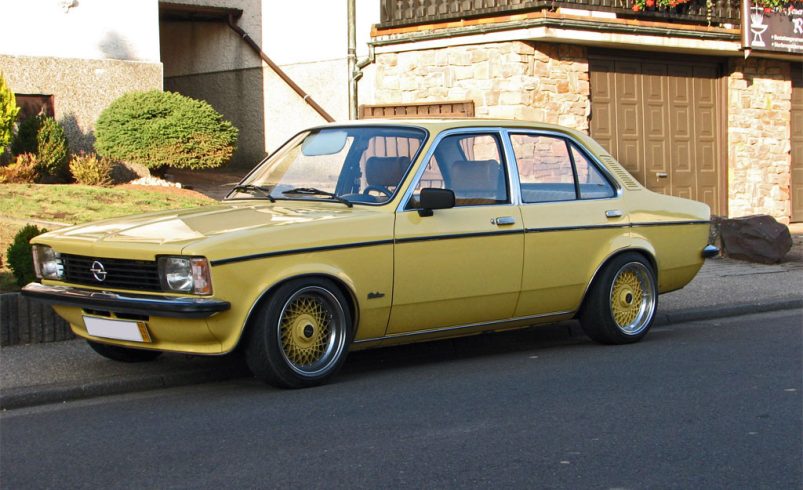
The Opel Kadett C is a small family car which was produced by the automobile manufacturer Opel. The Kadett C, which was the third generation of the Opel Kadett, was released in August 1973, and was Opel’s version of the General Motors’ “T-Car”. It was the last small Opel to feature rear-wheel drive, and remained in production at Opel’s Bochum plant until, by which time Opel had produced 1,701,076. Of these, 52% had been exported, most of them to markets in other parts. In other world markets however, various badge engineered versions of the Kadett C remained in production as late as the mid under other GM brand names.
Despite being out of mainstream production, the Kadett C retains something of a cult following (along with its Vauxhall Chevette sister) largely due to its popularity in the sport of drifting where its conventional rear wheel drive layout is valued, and its ability to be easily upgraded with engines from larger Opel cars.
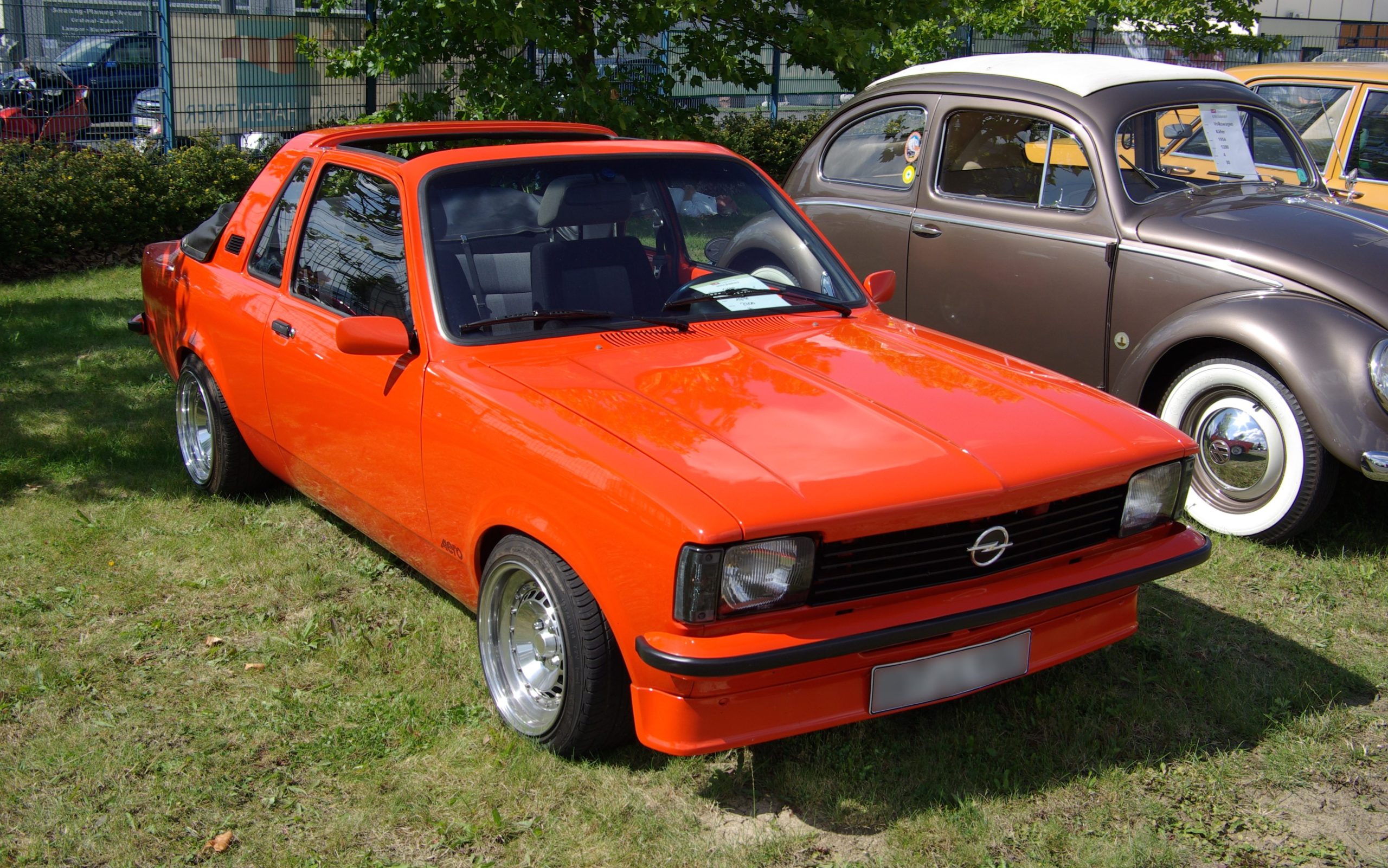
The body of the Kadett C was seen as being less lumpy and better proportioned than that of the Kadett B. In terms of overall dimensions, however, the two were actually very similar.
Most customers opted for the “Limousine” bodied saloon/sedan car which came with two doors. A four-door “Limousine” was produced mostly for export to markets where cars of this size with only two doors e customer resistance. In itself, however, the small family car market continued to be dominated and defined by Volkswagen for whom two doors in a small family car was still quite sufficient: the four door Kadett C is remembered in as an “export special”.The Limousine body accounted for just under 63% of the Opel Kadett Cs produced. A further 11% were three door estate-bodied cars badged, following Opel tradition, as the Kadett Caravan, with the two-door coupés accounting for slightly under 10%.Publicity of the time, possibly originating with Mercedes-Benz, indicated that in order to minimize the risk of fire in the event of collision, the safest position for a car’s fuel tank was above the rear axle between the passenger cabin and the boot/trunk, and this is where the Kadett C “Limousine” and “Coupé” had their fuel tanks fitted, accessible for replenishment via the (unexpectedly, hinged,) extractor vent on the car’s right-side C-pillar. On the “Caravan” bodied estate car the fuel tank was a flatter shape, and was positioned under the rear cargo area.
The car came with a four speed all-synchromesh manual transmission as standard, gear selection being performed using a centrally positioned floor-mounted lever. A five-speed manual transmission was offered as an option on top of the range GT/E Kadetts that appeared , and became a standard feature of the (now) 2-litre Kadett GT/E in 1977. On the 1.2 S and 1.6 litre engined cars it was also possible to specify the option of a “GM Strasbourg” Turbo-Hydramatic 180 three-speed automatic transmission.
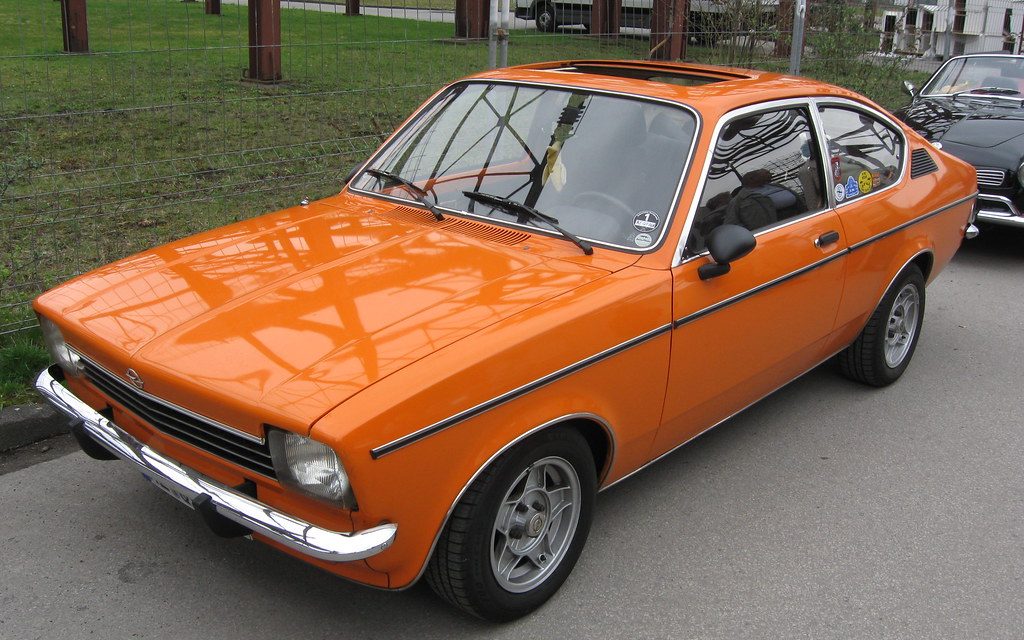
In terms of comfort and equipment, the Kadett C was launched with two available levels of trim and equipment, either as a standard or a “Kadett L” model. these were joined by the “Kadett Berlina”, featuring the larger 1.6 litre “S” engine under the bonnet/hood and an enhanced package of trim and equipment on the inside. On the outside the Berlina was distinguished by a discrete chrome side strip along the length of the car redesigned headlights, now rectangular in shape and a little larger than hitherto. The larger headlights appeared to be part of a single unit also incorporating turn indicators now positioned directly adjacent to the lights at the car’s front corners. The Opel “Blitz” logo was also larger, and moved from the leading edge of the bonnet into the grille. The new headlights and front indicator flashers were also the “L” models, while the standard cars retained the smaller headlamps with which the Kadett C had been launched, along, as before, with turn indicators below the front bumper
